Stress test and temperatures
This time, I’m deliberately not testing the Asus card in the case, but at a room temperature of 25 °C instead. This makes it easier to recognize the deltas between the board and connector temperature and I can also measure better. Of course, once I was sure that nothing bad would happen, I also installed the card in the private PC and replaced the 90° CableMod adapter v. 1.1 with the angled cable from Seasonic! As I can’t get into the housing with the IR camera (the cable is bent downwards), the usual glued-on or plugged-in K-sensors will have to do the job again.
Important to know: Yes, you can raise the Asus card’s power limit to 600 watts. However, only a maximum of 563 watts really go through the 12V-2×6 connection, the rest is supplied via the PCIe slot. This is a fact that has often annoyed me when people talk about 600 watts at the connector. But neither the Strix nor NVIDIA’s Founders Edition can manage that!
After 30 minutes of Furmark, the cables reach a temperature of 54 °C (K-Sensor) in the open configuration, with the board under the header approaching 60 °C (ground area of the Gnd pins around 3 degrees less). The housing of the angle connector is between 46.6 °C (IR) and 53 °C (K-sensor inside).
When installed in the case and properly ventilated in the Fractal Meshify 2 XL, all temperatures rise by an average of 10 to 20 degrees. This is nothing that could be harmful in any way, but unfortunately it also proves that one or two problems with other adapters, cables or the CableMod adapter are more likely to be due to insufficient ventilation (and therefore cooling). When I run the case and radiator fans at around 1000 rpm, the board temperature rises to over 80 °C and at the plus pins it is already over 88 °C. This reduces the delta to a very low level. This already reduces the delta to a very low 17 degrees up to the defined maximum temperature of the connector, which was also not approved for continuous operation!
I still have the prototype of a CableMod adapter with a shutdown device at 105 °C in the remaining stock here and have tested it against the 600 watt Strix. At around 600 rpm of the four case fans and half an hour of Furmark, it shut down and switched off, which was to be expected. It is interesting to note that the 90° angle cable performs exactly the same as the normal 16-pin cable from Seasonic or the 90° angle cable from be quiet! that has already been tested
The distance to the side wall also plays a very important role! And I have to put it bluntly: If you can’t manage the required 3 to 4 cm for a normal bending radius of a standard power cable, you’re definitely using the wrong case for such a 600-watt card and, to a certain extent, are even partly to blame for the connector problem! As always, I’ll also show you the diagram from an older article of mine, which dealt with air movement and distribution between the graphics card and the case, because the topic is anything but new!
Even if two normal 6 2 pin connectors were used here – the principle is still the same. Around 30% of the hot exhaust air returns to the intake fans when the distance drops below 4 cm and remains in the circuit! Convection doesn’t help because the air flow is too strong. This is precisely the crux of the matter with popular aquarium housings, as they are usually designed to be thermodynamically inadequate. The fact that the 12V-2×6 connector, which is so tightly dimensioned and has far too little headroom, melts away like a vanilla ice cream at noon on the beach in Dubai should come as no surprise to anyone.
Summary and conclusion
The 90° angle cable from Seasonic performs just as well as the native ATX 3.0 cable supplied with the power supply units, but reduces the bending radius considerably! With external lengths of the plugged-in connector of just under 2 cm, the radius can be reduced to around 1 cm. This is very good and, above all, a technically convincing and clean solution. Unfortunately, Asus cards with the flip header and upright structure (riser), where the cable then points towards the case wall, are not possible. As Seasonic, like its competitor, does not offer a mirrored version for technical reasons, this is of course an exclusion criterion for affected users.
If you install your card horizontally and plug it directly into the motherboard, you will have to live with the fact that the cable is routed upwards for Asus cards (downwards for the rest of the manufacturers). It remains to be seen whether you like this. Everyone can decide for themselves, even when buying such a graphics card. So much for the limitations, because otherwise the angled connector behaves like a native, straight cable. This is precisely why it gets the Editor’s Choice from me for the technical implementation. Once again, however, I will not be giving it a purchase recommendation. However, this has nothing to do with this angled cable or Seasonic, but is due to the 12V-2×6 connector, which was simply standardized too tightly. I cannot make any general recommendations for this, as the reasons are well known. But this angled cable is a welcome relief in times of need.
However, I would recommend buying this cable as long as all the circumstances, such as the housing and ventilation of the card and a maximum load of 400 to 450 watts at the connector, are suitable, because the cable is significantly better than the original adapter from NVIDIA. I would go that far without being accused of any bias. None of this changes the shortcomings of this connection, but it does measurably reduce the symptoms. I had expected nothing less and I will be using this cable, alongside the CableMod prototype with the 105-degree cut-off device, in the test systems from now on. Also because the blue terminal in the semi-darkness is a good indicator for the plugged-in perfection on the power supply side. The only thing missing is an LED 😀
Sesonic will set the price in the next few weeks as soon as the stores have been supplied with the cables. Currently everything is still in stock.
The cable was provided by Seasonic in advance and without conditions for a test. There was no compensation, nor any influence on the test and its results.














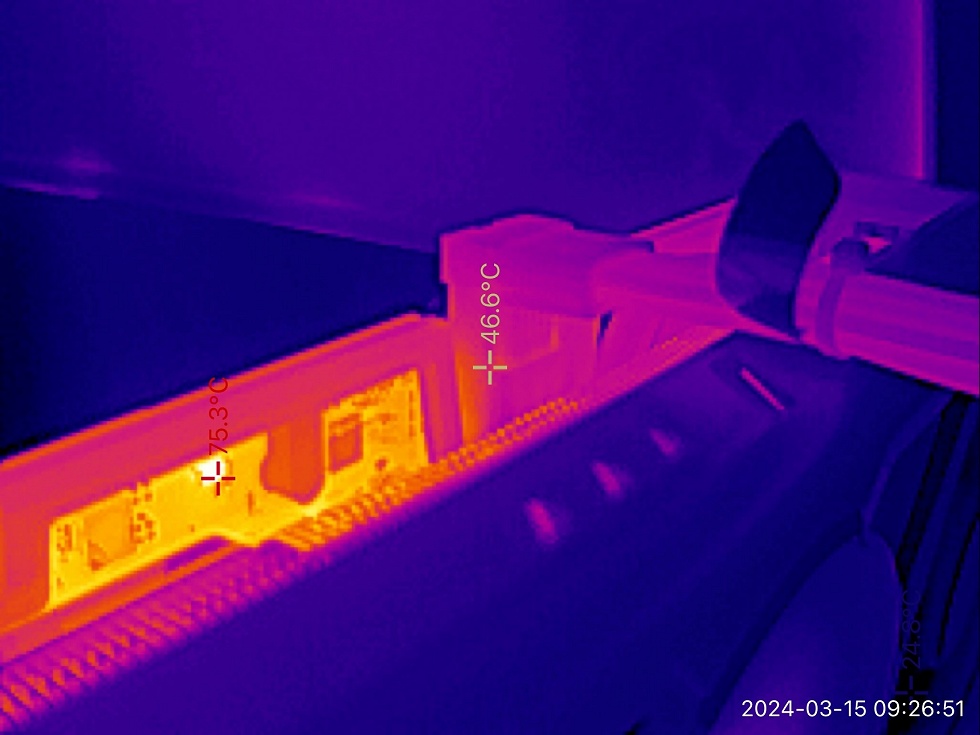
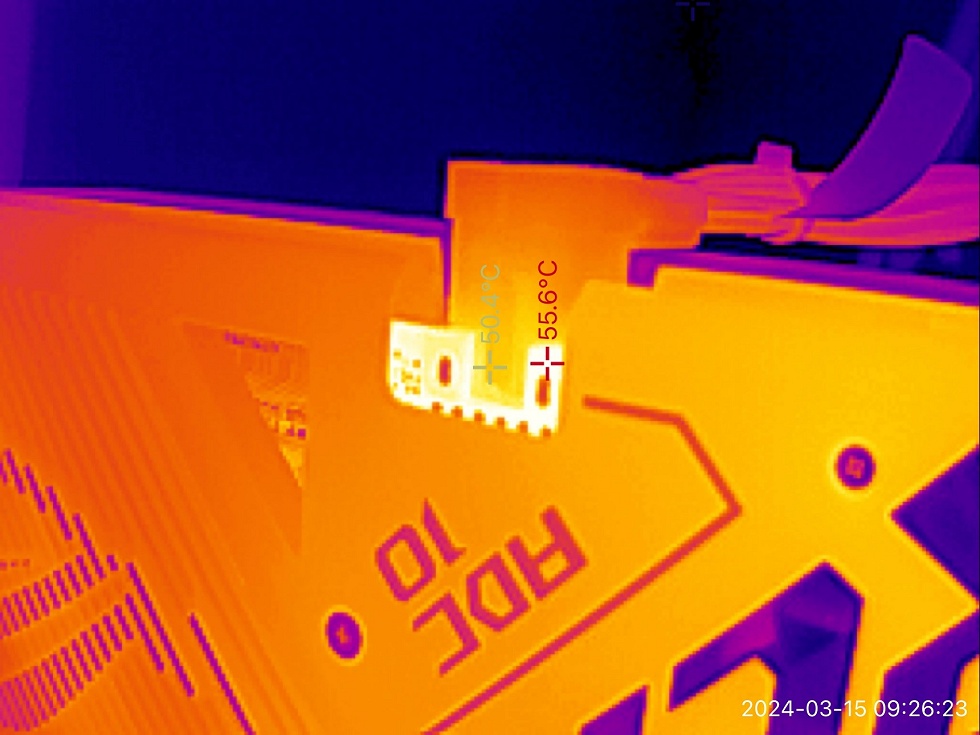
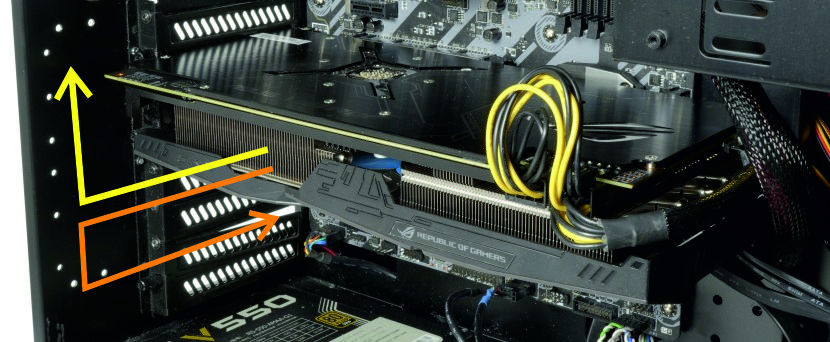




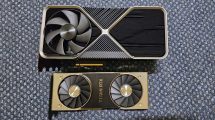
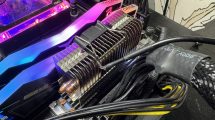
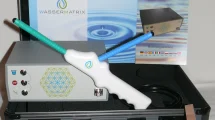













18 Antworten
Kommentar
Lade neue Kommentare
Urgestein
1
Neuling
Urgestein
Veteran
Mitglied
1
Veteran
1
Veteran
Urgestein
Mitglied
Veteran
Mitglied
Urgestein
Mitglied
Mitglied
Urgestein
Alle Kommentare lesen unter igor´sLAB Community →